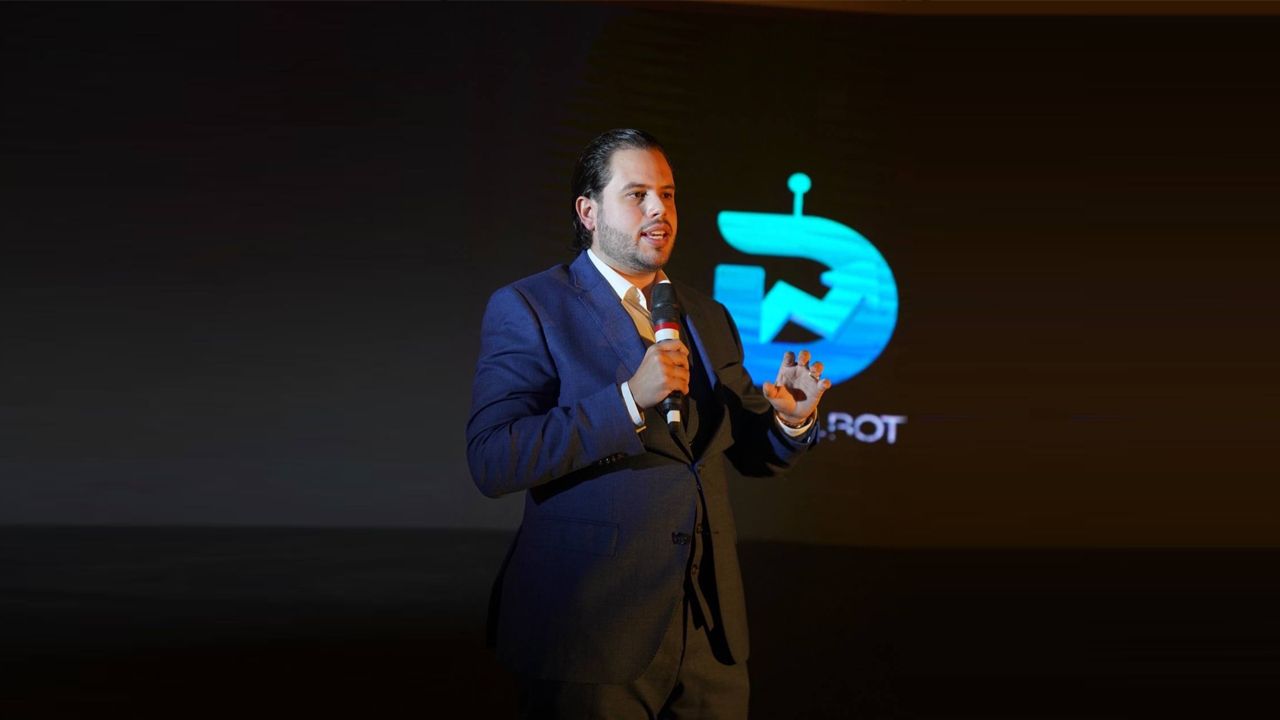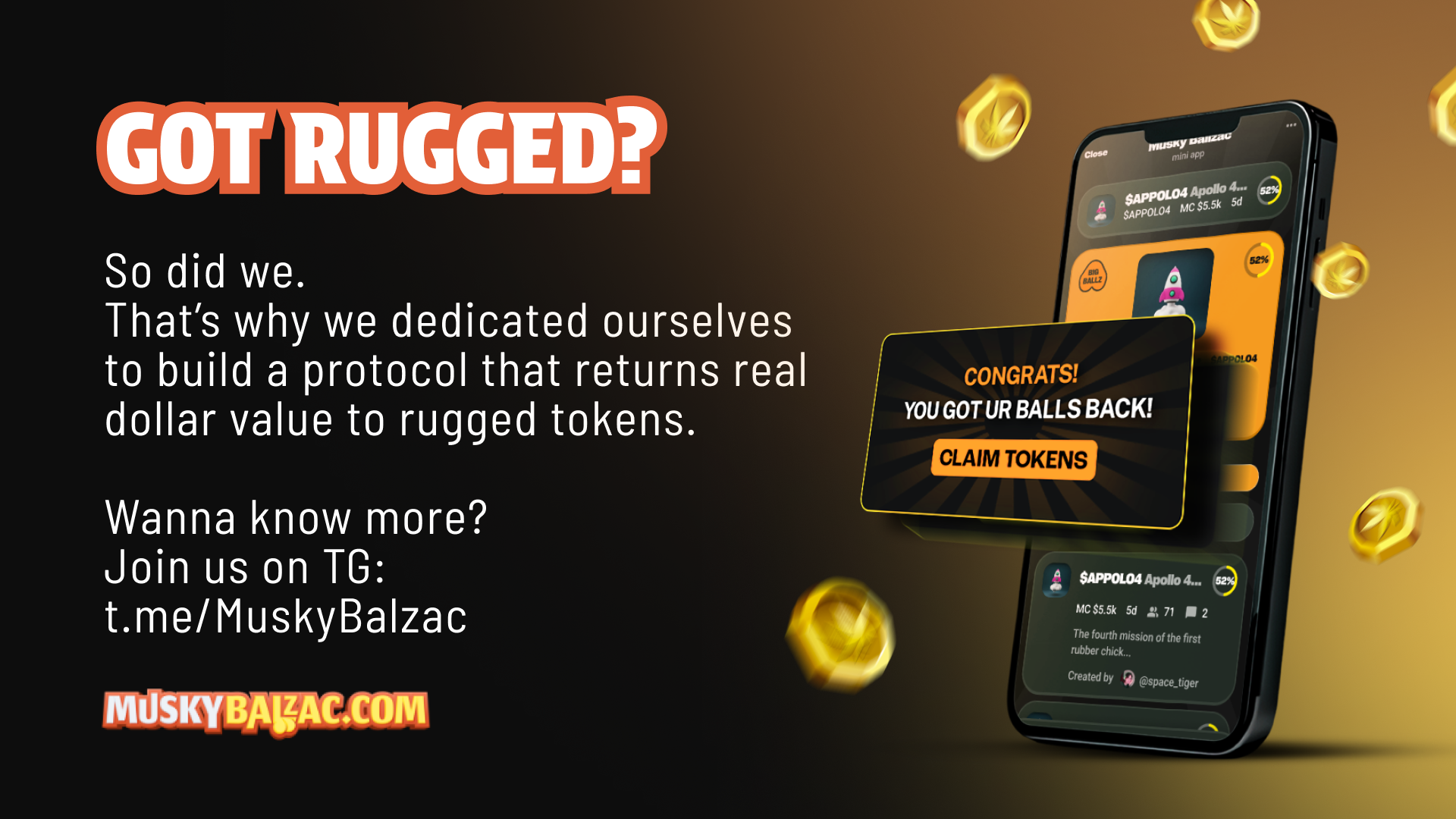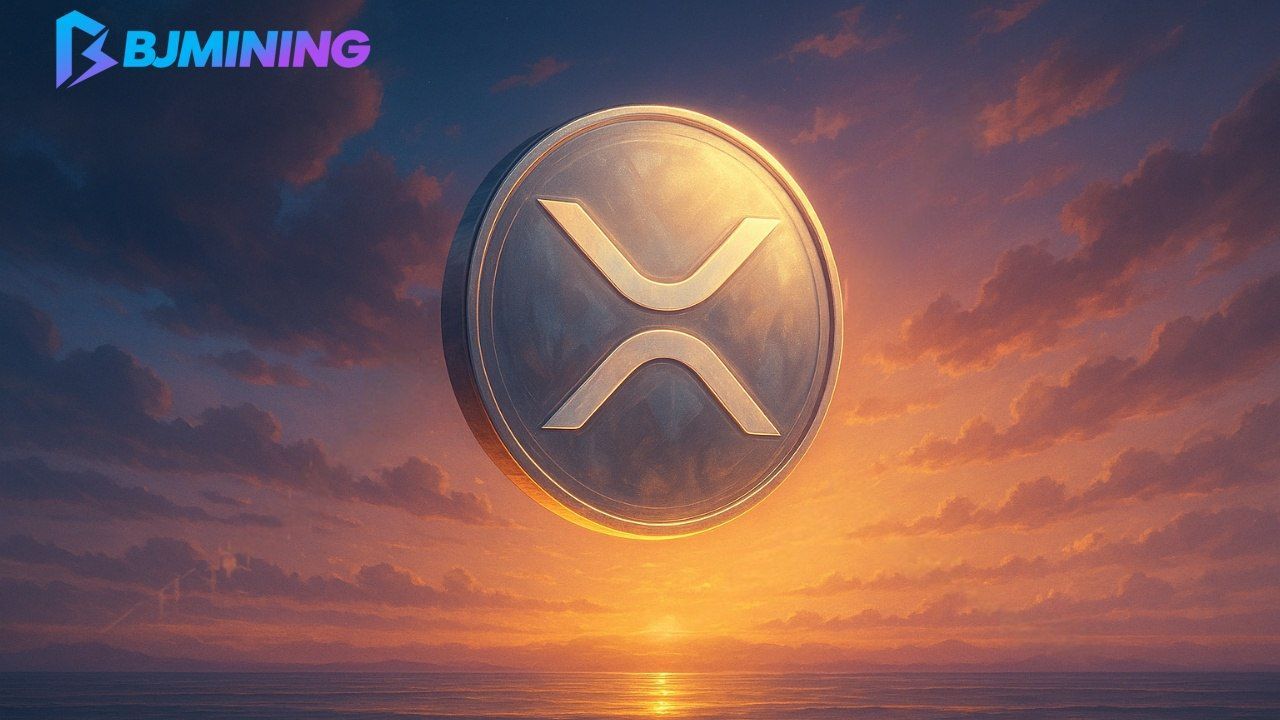Ethereum Scalability Solutions, Connext and Stakenet | XSN Research
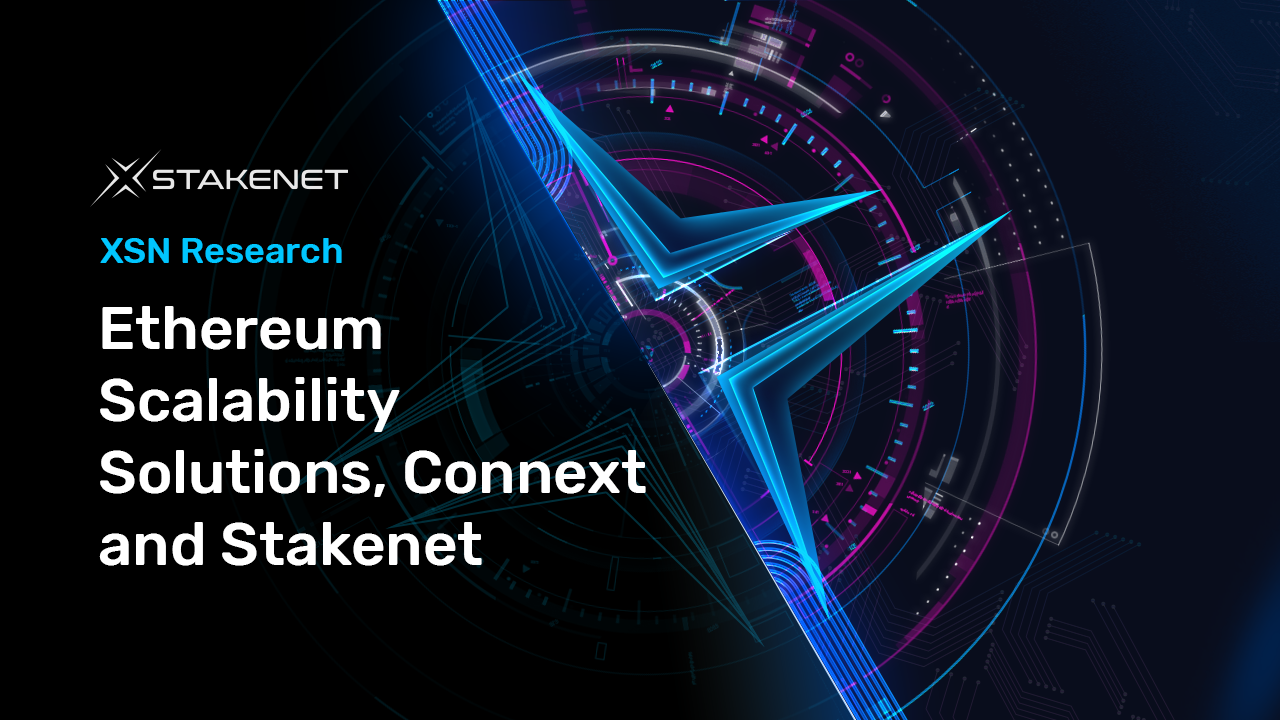
Scalability Solutions
There have been many attempts at upgrading blockchain infrastructure, with the very first one being Lightning Network, which is arguably as old as the very first Bitcoin software released by Satoshi Nakamoto in 2009. Looking into Bitcoin 0.1, there is a raw draft of code that would let users update a transaction before it was confirmed. Later, Satoshi Nakamoto explained how payment channels could work in peer to peer comms to handle off-chain transactions or more generally, value transfer. Doing so would simultaneously free up on-chain throughput, while also allowing microtransactions to take place through dedicated channels. The Lightning Network itself became a “layer-2” protocol built on top of the Bitcoin blockchain.
Transactions that occur on the Lightning Network happen completely off-chain and are only recorded at settlement. This allows for two parties to set up a payment channel, such as one used in a smart contract, that would only be settled if one of the parties closes the channel. Due to the nature of occurring off-chain, these transactions are also completely private and can occur in milliseconds.
Other scalability solutions continue to be developed to address the growth problem posed by blockchain. Besides Ethereum L2 solutions, which we will review later in this article. At the top of most lists is Ethereum 2.0, which is hoped for by many to solve the crushing fees on the Ethereum blockchain. ETH 2.0 or Serenity, will use a new blockchain technology called sharding, which essentially splits blockchain data into its own dedicated “shard chains”. These shards can be programmed for specific functions. The idea is that for certain types of transactions, only one “shard” of the blockchain will need to be used, leaving the other shards clear for other purposes. ETH 2.0 will have 64 shards, each capable of about 50 Transactions Per Second (TPS), for a total of 3200 TPS in a best-case scenario. But this doesn’t provide Ethereum infinite scalability — the moment sharding is fulfilled, Dapps and Defi projects will start utilising on-chain aspects even more, causing the demand for Layer-1 transactions to rise faster. Therefore, this could only be a temporary way out, and in a short period we end up in the same situation.
Ethereum Layer-2 Types
Different Ethereum L2 solutions try to scale:
- Payments
- Smart contracts
- Computation and processing power.
One thing these solutions have in common is that they move the workload off-chain and use permissionless blockchains as anchors to guarantee security.
There are several branches of off-chain scaling solutions for Ethereum and EVM-compatible chains:
1. State channels
Normally implemented on blockchains, state channels are the general form of payment channels (similar to Lightning Network (LN) for Bitcoin) where in any state-modifying operation, they support the “state updates” (payment updates in case of Bitcoin LN).
Every state channel has three steps:
- Two users open the state channel and lock the initial state (e.g. initial balance in LN).
- Users transact and update the state (e.g. balance updates in LN).
- Once parties have finished updates, they both submit the state updates to the smart contract on the blockchain (final balance in LN) and unlock the final state.
Projects working on state channels: Connext Network, Raiden Network, Liquidity Network, Perun Network, Statechannels, Celer Network, Counterfactual, Funfair, Machinomy, Magmo, etc.
2. Rollups
Rollups are one of the options for L2 construction that “roll up” and mass transfer transactions into a single transaction. The respective smart contract will verify all the transactions held in the single transaction. In the case of ZKrollups a “zero knowledge proof” approach known as SNARK (Succinct Non-interactive Argument of Knowledge) will generate a cryptographic proof, and publicly record the validity of the block on the Ethereum blockchain.
Loopring, Starkware, Matter Labs, Aztec and more projects are working on ZK rollups.
3. Plasma and sidechains
Plasma is a framework of secondary or child chains for creating scalable applications using a combination of smart contracts and cryptographic verification. Plasma architecture is like a blockchain tree, and on top of each child chain, more chains can be built.
A plasma chain is an independent blockchain that is anchored to the main Ethereum chain, and if disputes arise, uses fraud proofs as a way of communication between child chains and the root chain.
Plasma and sidechains might look similar in concept, but they have their differences. Read more about it here.
OMG Network, Matic Network, Gluon, Gazelle, LeapDAO and others are working on Plasma.
While projects like Skale and POA Network specifically develop sidechains.
4. Off-chain computation
Projects like Teex, Truebit, Apra and Transmute propose a secure computation solution for blockchain networks as an L2 scheme. Off-chain computation brings the computation work off the public blockchain network and only verifies the result in public when disputes arise.
The Connext Network
The Connext Network is the analogous solution to the Lightning Network, but for Ethereum and Ethereum-based assets. It is an off-chain scaling solution for the Ethereum blockchain, enabling instant, cheap, scalable, and private payment channels.
Just like the Lightning Network allows for a payment channel for BTC between two parties, the Connext Network allows for the transfer of Ethereum (or ERC20 tokens) without the need for global consensus. The main blockchain is only referenced for the one-time on-chain creation of the channel and its eventual closing.
One area of focus for Connext is entering and exiting those “Layer-2” channels. Like we said earlier, these channels operate off-chain, and only record transactions on-chain when funds are deposited or withdrawn from those channels. As such, these crossover points must be an area of focus for any L2 solution. This becomes even more of a problem in a blockchain-based economy that utilizes multiple chains on multiple protocols. How can users send value and interact with various contracts cross-chain seamlessly? Even more complex, how can different L2 solutions interact?
Transfers in these networks must take place through intermediary routers that provide liquidity, similar to how data is shared on the internet in packets — but with value instead of data. Connext nodes are chain-agnostic, meaning that the protocol can interact with multiple chains and across chains, routing value seamlessly through them.
What makes Connext the best choice for our DEX infrastructure is their recently released protocol, Vector, a cross-chain routing network that can bounce between other L2s, ETH shards, primary blockchains and even EVM-compatible chains such as Binance smart chain, Ethereum classic, TOMO chain, and others.
Vector supports conditional transfers routed over intermediary nodes, instant cross-chain and cross-asset transactions, plugin support for non-EVM turing-complete chains, zkRollups, easy deposit/withdraw interface, and low gas costs. All of this is packaged in a lightweight program, containing no more than 2500 lines of code.
Other advantages of Connext are client stability, supporting all operating systems including Windows, and live support for ETH, USDT and DAI. All these mean we will be able to easily add further pairs once we successfully implement and test Vector protocol, making us the first DEX adding support for BTC/USDT and other crypto-stablecoin pairs, without any need for wrapped coins on Ethereum mainnet.
Stakenet Interoperability
Stakenet is quite literally going to be the glue that holds these L2 solutions together. We have already debuted our beta Lightning DEX, the very first platform that enables “Lightning Swaps.” A lightning swap is similar to an atomic swap, except it occurs entirely off-chain. Balances are sent to blockchain wallets upon withdrawal from the DEX.
We have begun work on integrating the Connext network and the Vector protocol into the XSN DEX, which would add support for a number of Ethereum-based assets and L2 solutions to our platform. This integration will be complete before the public launch of the XSN DEX “Gaia”. Not only will this support lightning-fast trading of hundreds of new assets, but it will also link XSN to the booming Ethereum DeFi industry! Users will be able to conduct leveraged trades using FTT and its tokens, utilize the Compound protocol and COMP coin, and much more.
As of right now the Lightning and Connext networks are entirely separate, but they can be joined through our Lightning DEX. Someone with BTC in the LN will be able to instantly swap it for ETH or USDT (all off-chain) making the Lightning DEX the first off-chain link for off-chain L2 solutions. By integrating the Connext network, Stakenet will also reap the benefits of its chain-agnostic features, becoming the cross-chain architecture for cryptocurrencies operating on separate blockchains.
The Lightning Network DEX is only the beginning. As a code-agnostic platform, many dApps can be built on top of Stakenet. The potential applications for this are limitless, as this composability would offer smart contract applications many fascinating and exciting possibilities.
Source:
The Capital.
